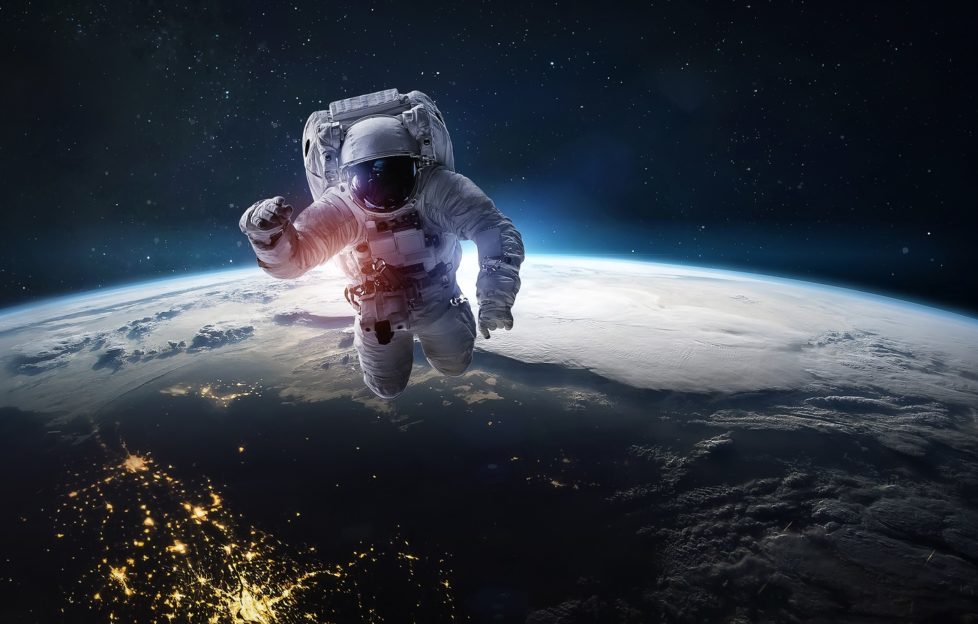Through Hardship To The Stars

Today, April 12, is the International Day Of Human Spaceflight. We celebrate the occasion on this date because this was the first time a human reached the stars.
He was Russian cosmonaut, Yuri Gagarin, and this year marks the 60th anniversary of this incredible feat.
From tiny capsules to huge shuttles
Let’s start at the beginning. Russia and the United States were going head to head to be the first to put a man in space . It was an issue of pride and technology and the Russians just managed to win when they launched Yuri Gagarin aboard the tiny Vostok 1 into space for an (almost) full orbit of the Earth on April 12, 1961.
The second Russian in space was the enigmatic Gherman Titov.
Titov was the better pilot and outdid Gagarin in training, but Communist Russia felt a poor farmer’s son would provide better publicity as the first man in space.
Gagarin had no control of his spacecraft, which was directed by computer, whereas the American astronauts would pilot their capsules at various points.
Yuri said during his flight, “Looking at the earth from afar you realise it is too small for conflict and just big enough for co-operation.”
Cosmonauts back then parachuted out of their craft as it descended towards the wilds of the Russian countryside.
If we die, we want people to accept it. We are in a risky business, and we hope that if anything happens to us, it will not delay the program. The conquest of space is worth the risk of life.
These tragically prophetic words were spoken by American astronaut Gus Grissom who died along with his two crew mates in the Apollo 1 fire.
America was riding high after a number of successful space flights with their Mercury and Gemini programmes.
And the next step was, of course, to go to the Moon.
Success followed
The Apollo 1 fire put things back, but as we know success followed. The US government halted the Apollo programme after Apollo 17, to make way for the Shuttle.
This was years in development and would see the world’s first reusable space craft.
The Shuttle would launch, orbit the Earth while carrying out research and delivering payloads, then re-enter the Earth’s atmosphere and land on a runway like an ordinary plane!
There were many successful missions, but sadly many astronauts’ lives were lost after the Challenger and Columbia accidents.
Spaceflight firsts
Valentina Tereshkova became the first woman in space on 16th June, 1963.
Sally Ride was the first American woman in space on 18th June, 1983.
The first Briton in space was Helen Sherman in 1991. She is not only the first British astronaut, but cosmonaut too, as she launched to the Mir Space Station from Russia.
The first spacewalk was by cosmonaut Alexei Leonov in 1965.
NASA astronaut Christina Koch holds the record for the longest time in space for a woman. She spent 328 days aboard the ISS.
For more from the “Friend” team, click here.
For more space-related blogs, click here.





